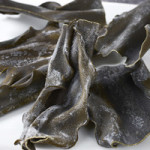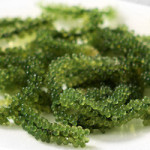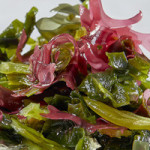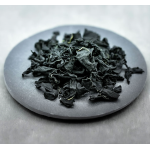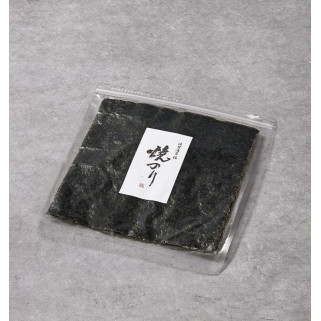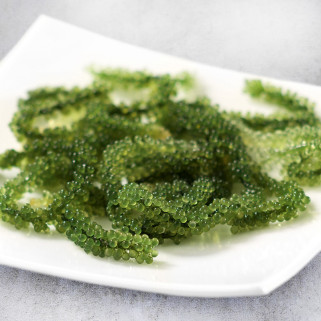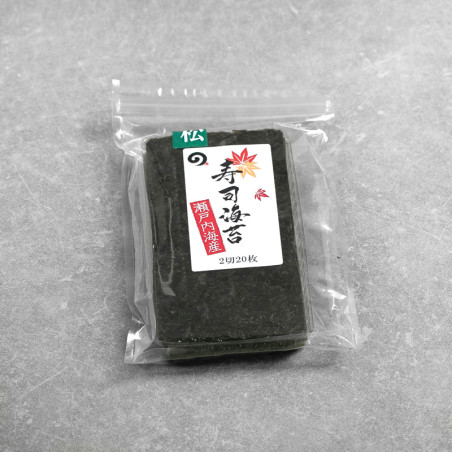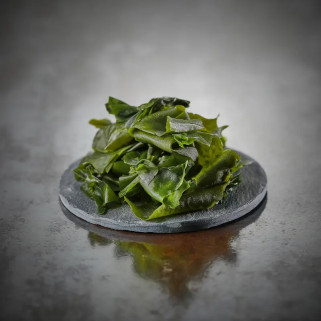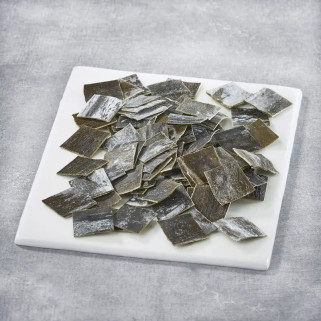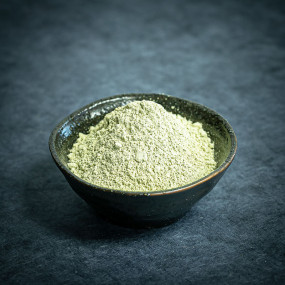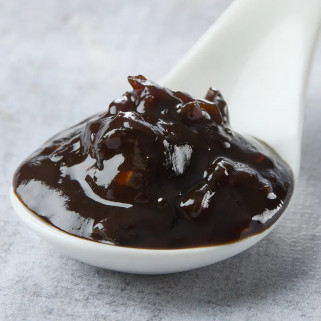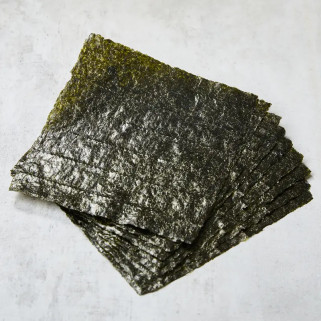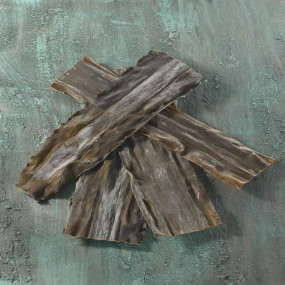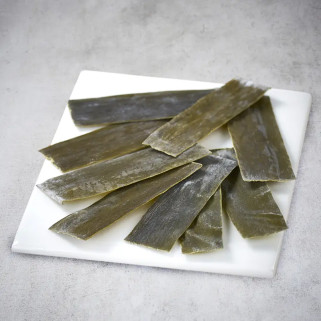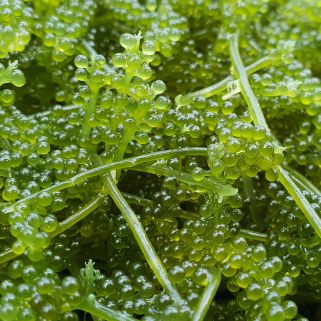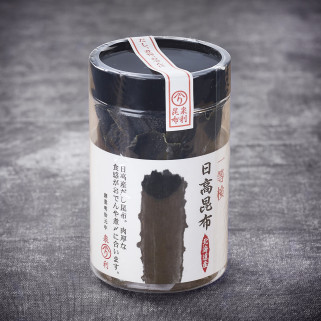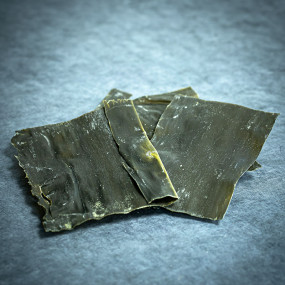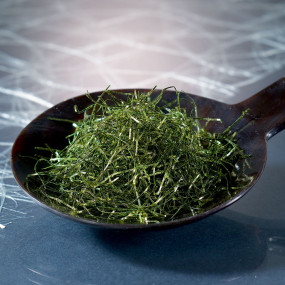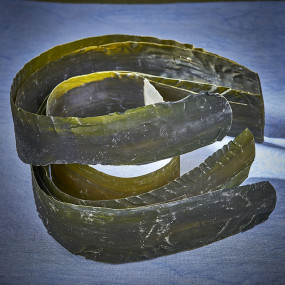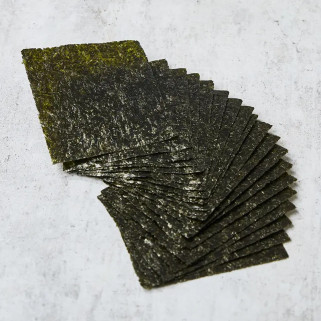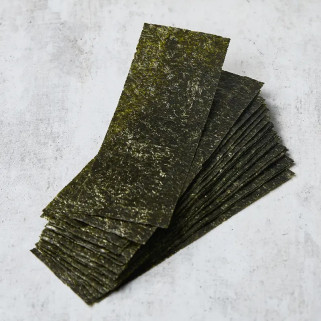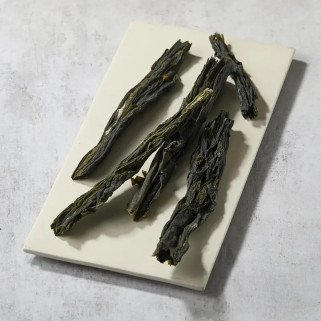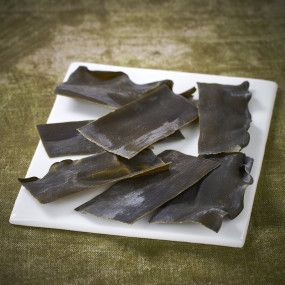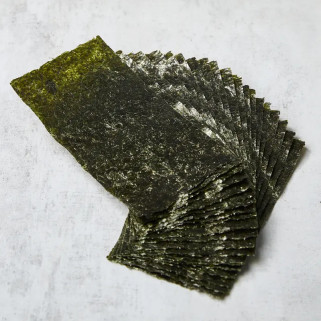Add to my wishlist "Plain roasted nori seaweed from Saga, Fukuoka and Kumamoto (Ariake Sea)"
Select a wishlist to add this product
There are not wishlist.
This product has been added to wishlist.
View my Wishlists
This product has been added to your wish list.
Remove
This product was successfully removed from your wish lists.
(3 reviews)
from €2.05-50%
€4.10€128.13 / Kg


Add to my wishlist "Plain roasted nori seaweed from Saga, Fukuoka and Kumamoto (Ariake Sea)"
Select a wishlist to add this product
There are not wishlist.
This product has been added to wishlist.
View my Wishlists
This product has been added to your wish list.
Remove
This product was successfully removed from your wish lists.
€2.05-50%
€128.13 / Kg€4.10
(3 reviews)


Add to my wishlist "Plain roasted nori seaweed from Saga, Fukuoka and Kumamoto (Ariake Sea)"
Select a wishlist to add this product
There are not wishlist.
This product has been added to wishlist.
View my Wishlists
This product has been added to your wish list.
Remove
This product was successfully removed from your wish lists.
Japan has five major nori production areas: Ariake Sea, the Seto Inland Sea, the Aichi, Miyagi and Chiba coastlines.
Most renowned quality of Japanese nori is that produced in Ariake Sea, located in south-western Japan. Fresh water from the many rivers that flow into the sea reduces salt water salinity.
<p...
€2.05-50%
€128.13 / Kg€4.10
(3 reviews)


Add to my wishlist "Plain roasted nori seaweed from Saga, Fukuoka and Kumamoto (Ariake Sea)"
Select a wishlist to add this product
There are not wishlist.
This product has been added to wishlist.
View my Wishlists
This product has been added to your wish list.
Remove
This product was successfully removed from your wish lists.
Japan has five major nori production areas: Ariake Sea, the Seto Inland Sea, the Aichi, Miyagi and Chiba coastlines.
Most renowned quality of Japanese nori is that produced in Ariake Sea, located in south-western Japan. Fresh water from the many rivers that flow into the sea reduces salt water salinity.
<p...
€2.05-50%
€128.13 / Kg€4.10
(3 reviews)
































